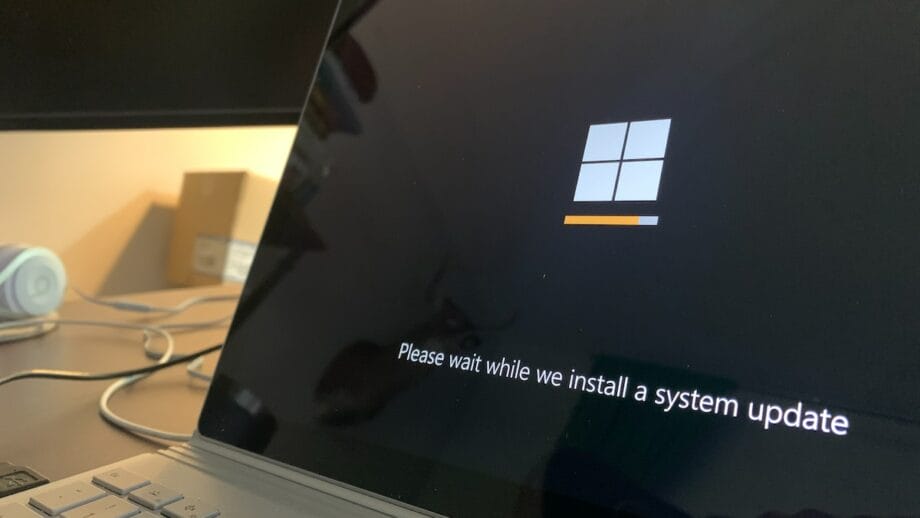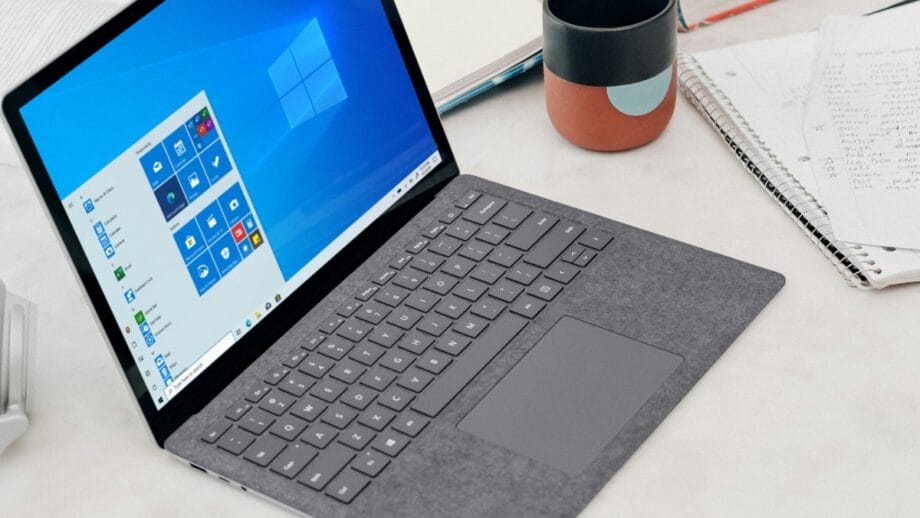Microsoft Acknowledges Performance Issues from August 2025 Update
In a formal announcement, Microsoft has recognized that its security update from August 2025 is inducing considerable performance complications for users employing NDI (Network Device Interface) technology.
Professionals in content creation, broadcasting, and IT sectors who have implemented the problematic update report have pronounced lag, audio/video stuttering, and choppiness during streams between computers, seriously inhibiting production workflows that depend on this widely used IP video protocol.

The conundrum originates from the cumulative update KB5063878, released on August 12, 2025, affecting both Windows 11 and Windows 10 systems. As specified on Microsoft’s release health dashboard on August 21, the tech giant has acknowledged issues in systems operating under OS Build 26100.4946 and some subsequent versions.
Performance degradation manifests primarily in streaming platforms such as OBS (Open Broadcast Software) and the official NDI Tools suite. Users have particularly noted disruptions when utilizing the “Display Capture” feature on the source machine to convey screen outputs across the network.
Remarkably, this issue persists even in environments with minimal bandwidth usage, indicating that the root of the problem is not related to network congestion, but rather a flaw in processing or protocol handling triggered by the Windows update.
In a statement from its health dashboard, Microsoft delineated the symptoms: “Severe stuttering, lag, and choppy audio/video may manifest when utilizing NDI for streaming or transferring audio/video feeds between PCs post the August 2025 security update.”
The impacted platforms include:
- Client: Windows 11, version 24H2; Windows 10, versions 22H2 and 21H2
- Server: Currently, no Windows Server versions are listed as affected.
Mitigations
As Microsoft undertakes an investigation for a permanent remedy, a provisional workaround has been recommended by NDI. The complication seems linked to NDI’s default transport protocol, RUDP (Reliable User Datagram Protocol), designed to harmonize the agility of UDP with the dependability of TCP.

It appears that update KB5063878 disrupts the manner in which Windows processes RUDP packets.
To alleviate the issue, users are encouraged to manually adjust the NDI Receive Mode on the receiving client to utilize either TCP (Transmission Control Protocol) or UDP (User Datagram Protocol) instead of adhering to the default configuration.
NDI has issued guidance on its support site titled “Traffic Drops After Windows Update,” which elucidates the step-by-step procedure for executing this change within NDI Tools and compatible applications.
Microsoft stated, “We are scrutinizing this issue and will disseminate further details as they become available.”
This assertion implies that a resolution is likely to be integrated into an upcoming cumulative update or a potential out-of-band (OOB) patch.
Until such a fix is implemented, professionals relying on NDI for live streaming, remote production, or corporate AV presentations should either adopt the TCP/UDP workaround or contemplate postponing the deployment of update KB5063878 in their production landscapes to avert service interruptions.
Post-August Update Bugs:
- Windows 11 24H2 Security Update Induces SSD/HDD Failures and Possible Data Corruption.
- Microsoft Releases Emergency Updates to Address Windows Reset and Recovery Errors.
Source link: Cybersecuritynews.com.






